Tell us about yourself
My name is Fardo and I’m from Groningen, The Netherlands – it’s a very charming place to live. I share a 1930’s home overlooking a pond with my husband and cat. Because the husband’s only home on weekends, my brother jokes we’ve only spent about three out of 20 years together. I love going out for lunch with my friends, going for walks in nature, watching dogs at the beach (they’re always so happy!) traveling, having sunset drinks with my husband and cat on our roof terrace, and crafting unicorns with my niece. In a previous life, I used to be a secondary school teacher in Dutch language and literature. The teenagers did not always like me telling them they had to read books but other than that I’d say we got along really well. I studied Dutch Literature, History and History of Art. Now, storytelling with a camera is what I do. See more of Fardo’s work on her website: fardodopstra.com or follow her on Instagram @fardodopstra.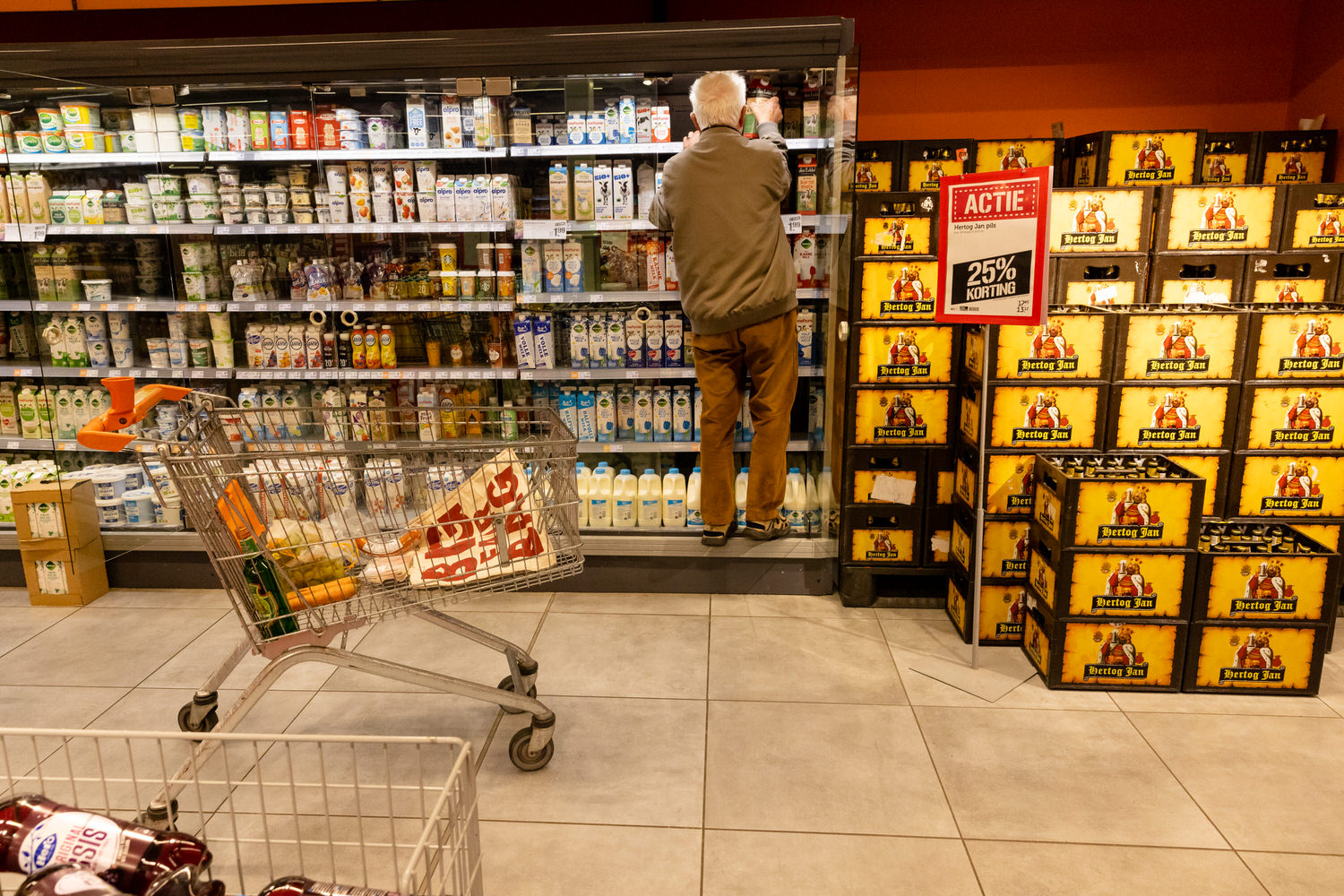
Having worked as a wedding photographer for several years, what is it that drew you to documentary family photography and inspired you to transition your business in a new direction?
Alongside weddings I’ve always photographed families. The longer I produced pretty images for my clients, the more I started doubting this was the right thing to do. Life isn’t always pretty and I felt I was contributing to the pressure to be perfect and present ourselves as such on social media. I long to create images that will be more valuable in 30 years – images that tell a story about where people are at that point in their lives, images that show the personality and uniqueness of the people in them. In the end, the pretty image of a family in styled outfits, in a pretty place, in pretty light, could be images of anyone. They usually tell a story about who we want to be instead of who we are.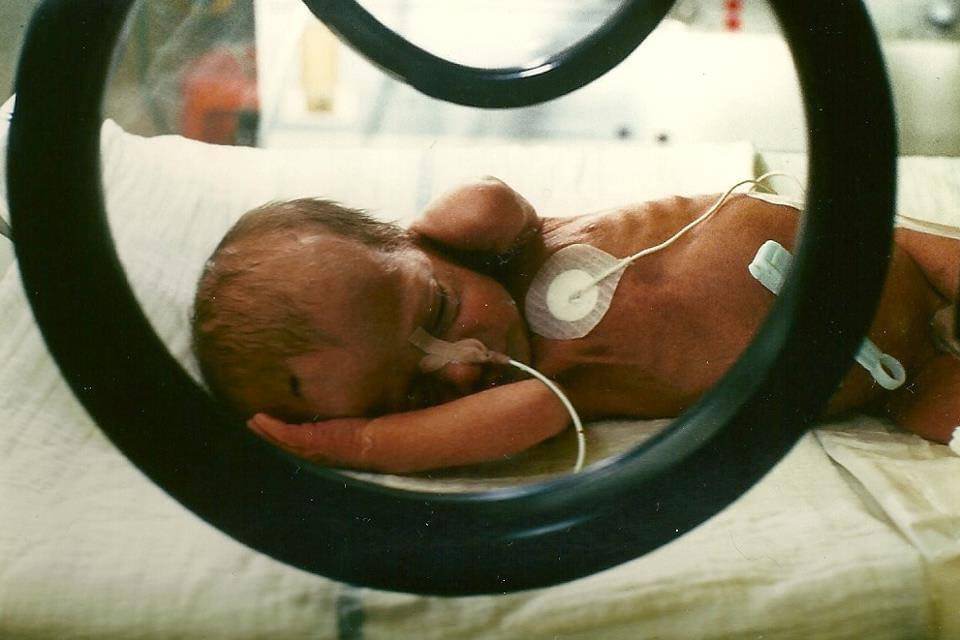
Look at this image of me, my father took it in 1984 when I was in NICU. The photograph shows I was literally skin and bones. I was born prematurely and dysmaturely and weighed only 1250 grammes. It means the world to me now to be able to see how my skin wrapped around my tiny protruding ribs, I can joke about how I had bags under my eyes even then. Seeing the tape on the feeding tube in my nose enables me to understand the stories they told me about how tiny me would spend a lot of my time ripping it out. I like seeing the color of my hair. The dimensions of the electrode and the clamp in relation to my body show how small and fragile I was. And I rather like seeing the black circles of the doors in the incubator where my parents would reach through to touch me, as it tells the story of how they could only look at me through the glass. I prefer this image over any stylized wrapped up baby Fardo in a basket with flowers scattered around, with smoothed out skin and the tube and electrodes cloned out. This image shows how I am here against all odds and I dare say I am not less cute than a baby posed on a bean bag.
I’ve been shooting weddings for about seven years, together with my husband. Most of the wedding day, we photograph in a documentary way. Whereas at the start of my wedding photography career, the portraits of the bride and groom were where I felt most comfortable, I found myself going for the real moments more and more. I started paying close attention to what was happening as the events of the wedding day unfolded, how people would interact with each other, and trying to catch those moments that tell the story of the day. I started favoring those images over the pretty portraits. Then a voice in the back of my head was whispering: okay, so this is the big day… what about all the other days? Aren’t those worth remembering and documenting, too? Transitioning into documentary family photography feels like the natural thing to do.
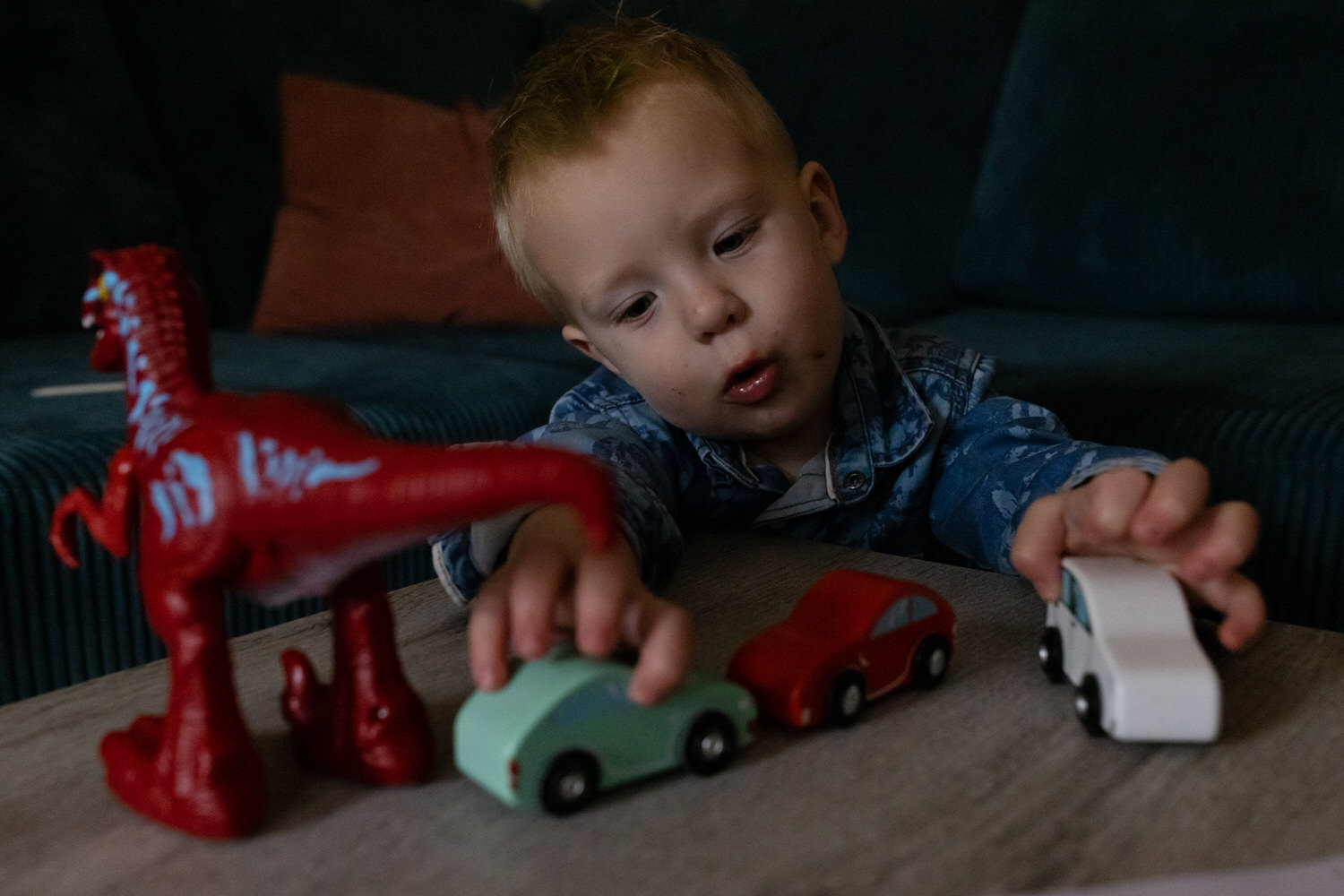
How has your work evolved over time? Have you always taken a documentary approach?
Photography started as a hobby for me and I photographed cats. Bokeh and pretty kitty eyes were my trademark. It sort of took off in 2015 when a friend asked me to photograph their wedding – based on those cat portraits. At first I refused and told them to hire a professional, but they insisted. I discovered I loved documenting the day for them. From that moment on, I photographed more weddings and human beings. Family sessions in the dunes, that sort of work. People would find me online or get referred by their friends, and tell me they liked the mostly candid nature of my images. I encouraged them to build in activities in their photo session so their kids would not get bored. I impromptu shot my father and step mom’s wedding back in 2011 with a Canon digital IXUS 65 point and shoot. The images are a laugh technically, and maybe a bit static, but I did not miss any moment during the day. I think it’s safe to say I got swayed off my feet by bokehlicious portraits for a while. Seeing all the prettied up family photos on social media surely contributed to that. But the love for real moments has always been there. During the mentoring in the Turning Chaos Into Art mentorship, I learned to really close my aperture and how to focus on including elements in my images to tell the story. I feel like I’ve moved from excluding as much as possible to get a really clean image, to including as much as possible that contributes to the story.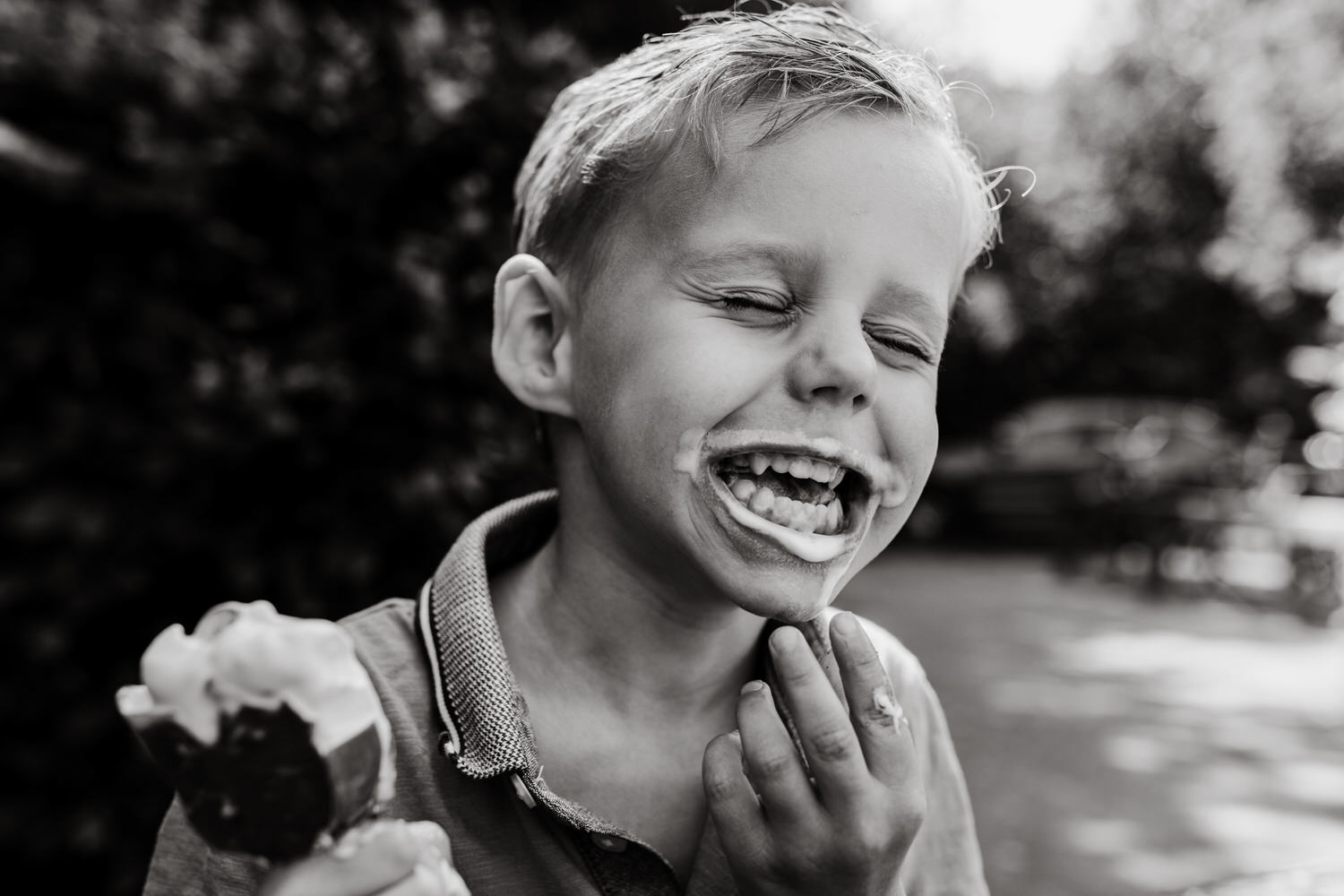
What do you find the most challenging about documentary family photography?
For me, the transition from more directed family sessions with lots of candid images to 100% documentary family photography, is the most difficult part. Not the documentary family photography itself – I am truly convinced those kind of images will be the ones cherished and loved most over time. I am slowly transitioning and I hope my long time clients will embrace real over perfect, with me.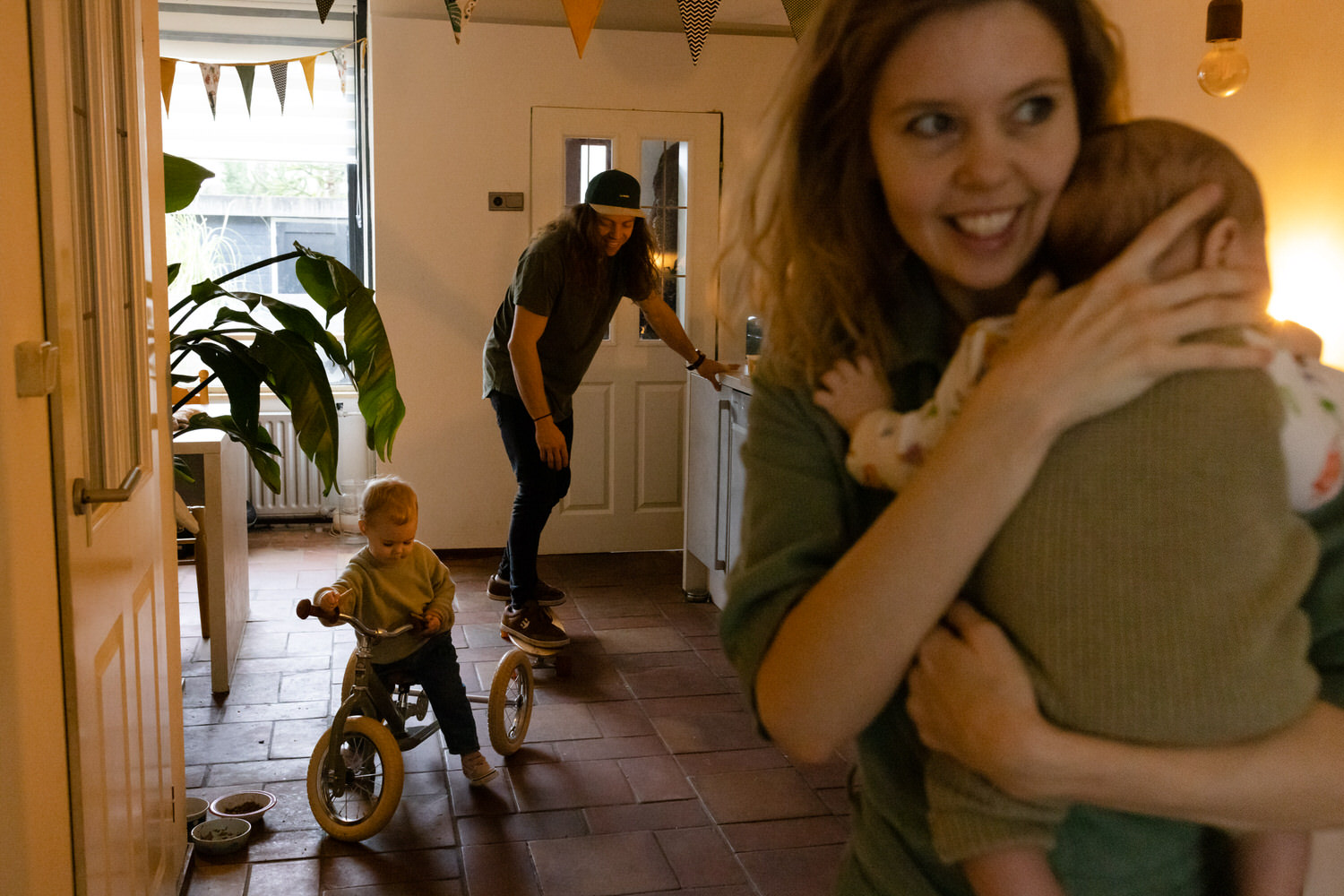
Please share the biggest “aha” moment in your documentary photography journey.
It doesn’t need to be anything is isn’t. Not you. Not your kids. Not your home. Not the weather. Not the light. Not your outfit. Not how you spend your day. Embracing this for me, is almost like being able to hand my clients a permission slip to just be completely themselves. It brings so much relief.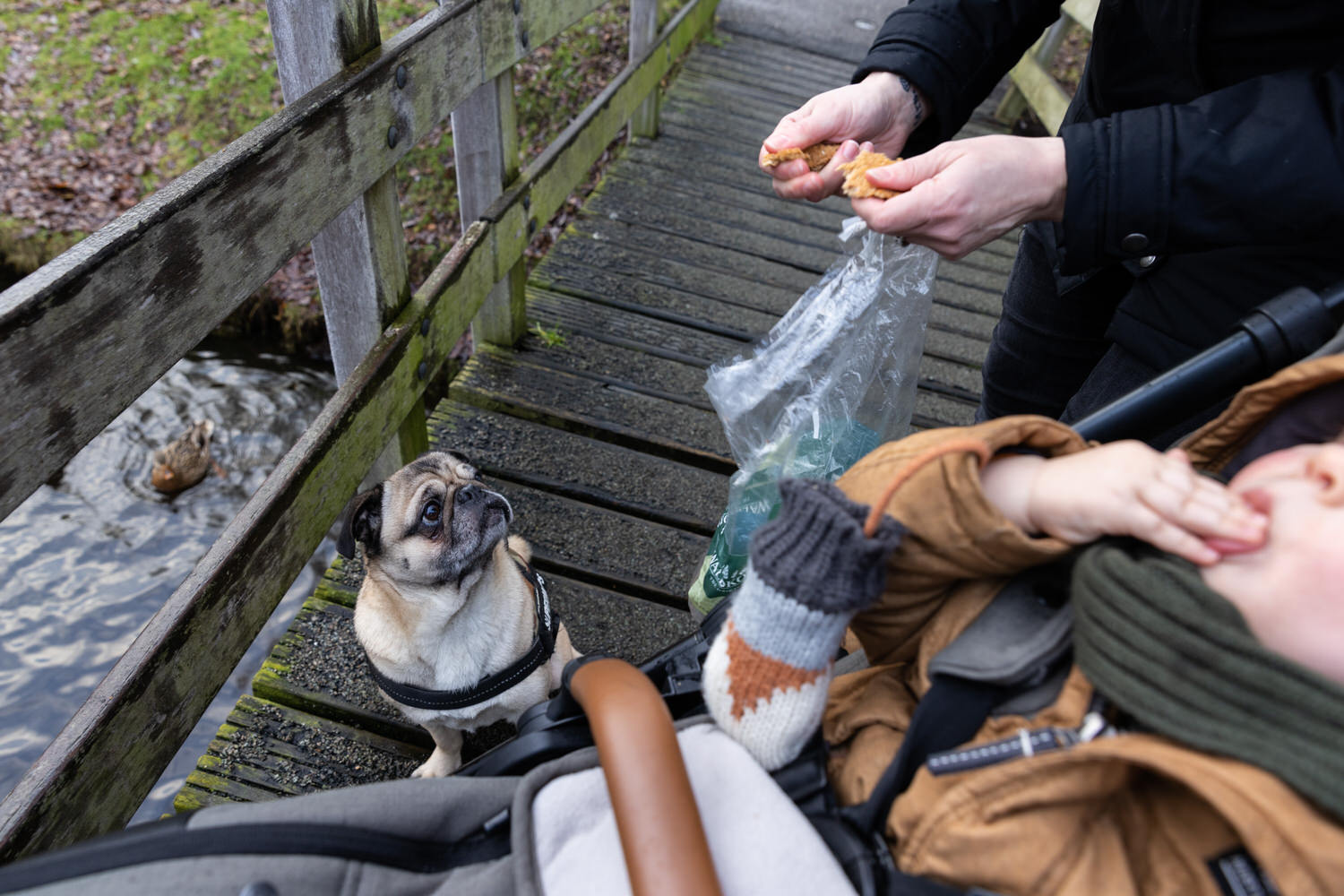
What was your favorite client shoot and why?
Being invited to capture different chapters in my clients’ lives over the years has been such a privilege. Just before the pandemic started, I photographed this family welcoming their first child into their lives. Recently, I visited them again as their family grew with a baby brother. They’re such a chill family and I love their vibe. I also loved documenting the grandparents meeting baby Novan through a ‘window visit’ during the first lockdown we had here in The Netherlands. These images will help him understand how hard it was for his grandparents not to be able to hold him, for his parents not to be able to fully share his arrival with their parents.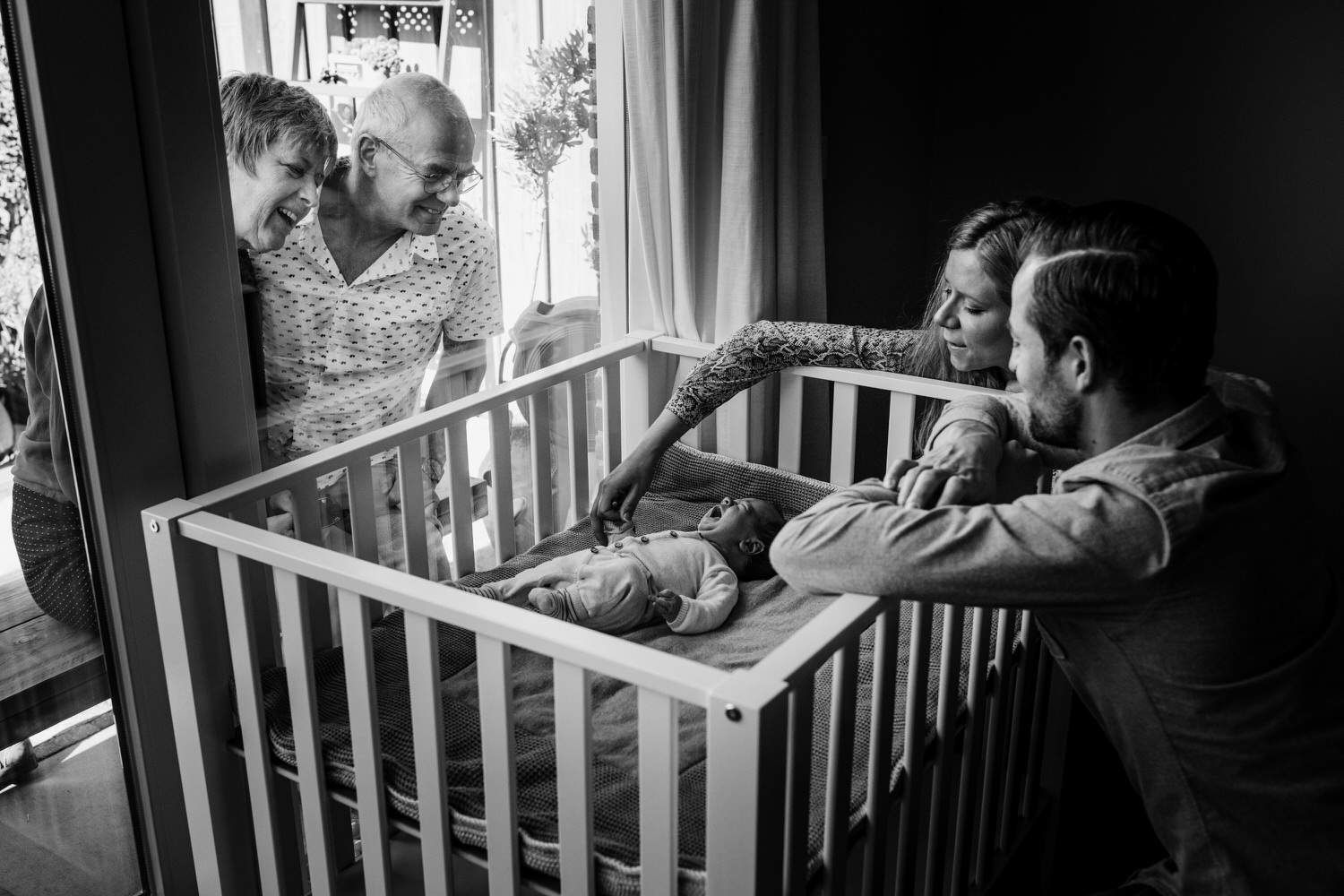
Are there any personal projects you’re currently working on or recently completed?
I’m working on a beautiful project at the moment – the working title is #relationshipgoals. Documentary family photography is not just about families with young children. I’m documenting the companionship of an older couple. They’re 84 and 85 years old and they’re enjoying the quiet of retirement after an adventurous life together. So far, I’ve been grocery shopping with them, they both cooked traditional dishes (and fed me, grandparents will be grandparents right?), I watched slides of their travels with them and they shared their secrets to a happy marriage over their wedding photos and a cup of coffee. I’m not ready to ‘birth’ the project yet but I am excited and curious what turns it will take.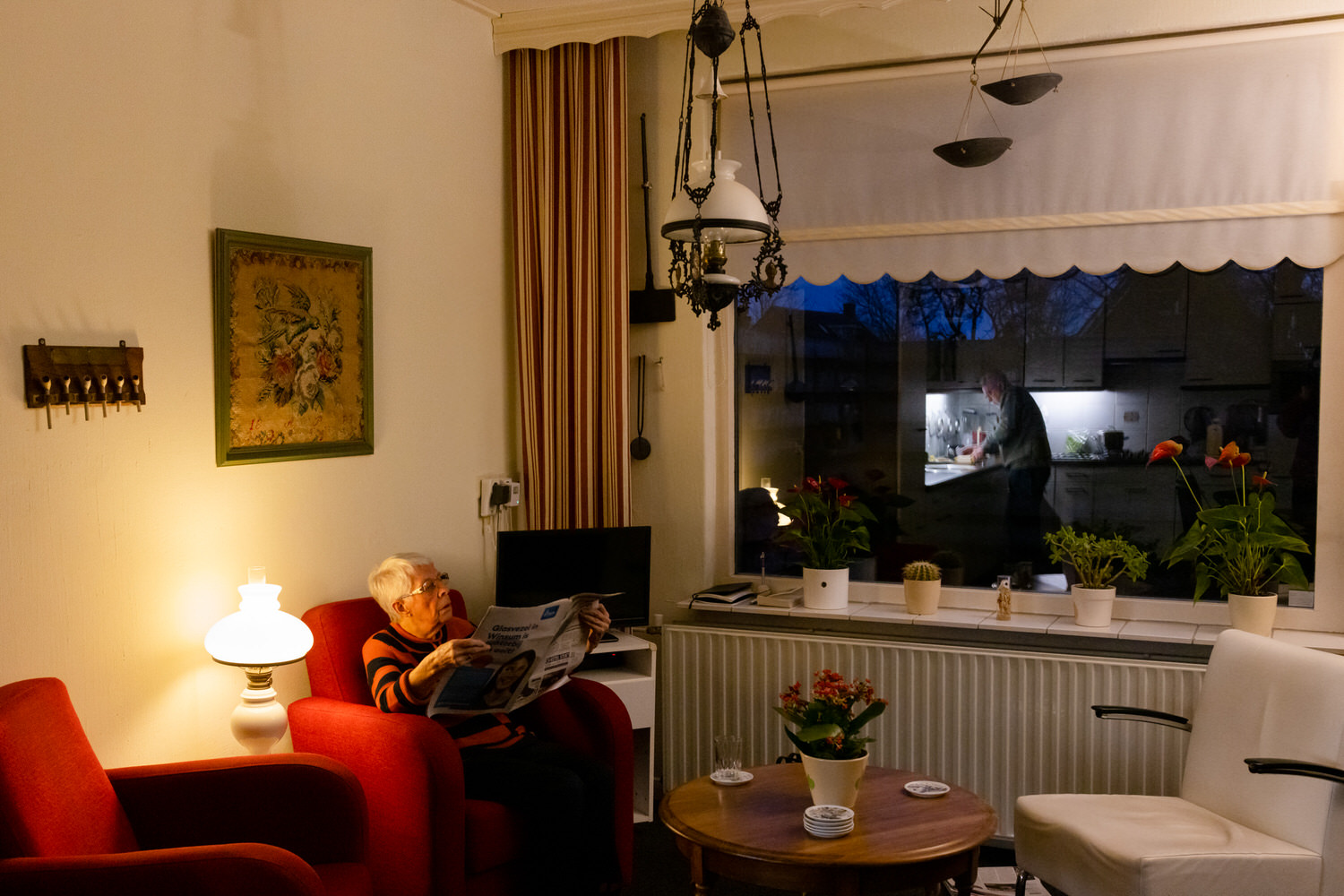
What would be your top tips for people that are interested / getting started in documentary family photography?
Make it a habit. Document your family. If you’re like me and don’t have children of your own, document your nieces and nephews. I’ve loved documenting their lives whenever we have a chance to visit and they’ve gotten used to auntie Fardo hangin’ out with them with a camera. If you don’t have nieces and nephews, photograph your friends’ lives, your parents’, grandparents’ – and make it a habit. That will also take some pressure off – you’re maintaining your skills and you don’t need to deliver x number of gems to a client every time you get out the camera. If this is just something you do, it will also feel less like ‘something special’ you do turning up at a client’s house. And if you’re serious about it, do inquire about the mentoring course here at Made for Documentary. I’ve never picked up my camera as much in down season as I did during this course. Learning alongside other photographers was really valuable and Emma and Antonina are the kindest mentors you will find.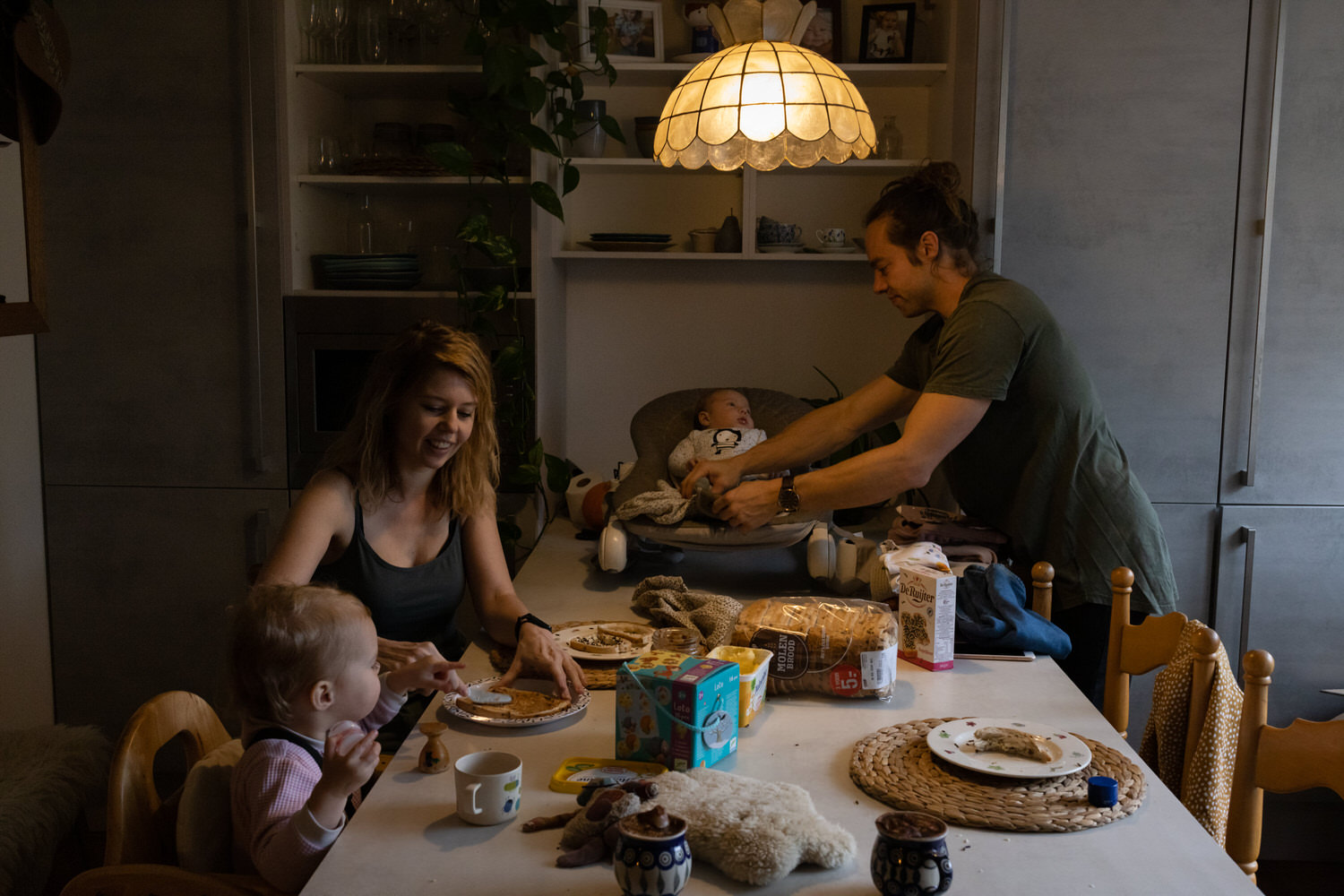
About Alumni Spotlight
Alumni Spotlight is an interview series showcasing documentary family photographers who have completed a mentoring programme with Made for Documentary. Our students talk about what makes them tick, showcase their favourite images and share advice for those wanting to dive into the world of documentary family photography.
Subscribe to our newsletter below to get the latest interviews right into your inbox.

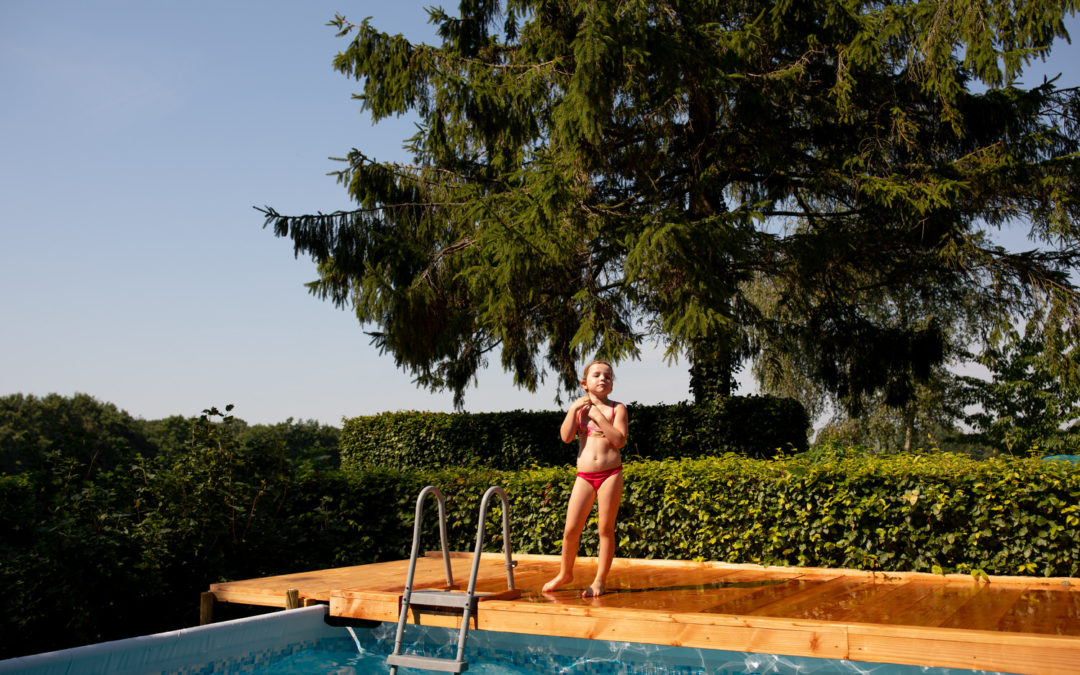
Recent Comments